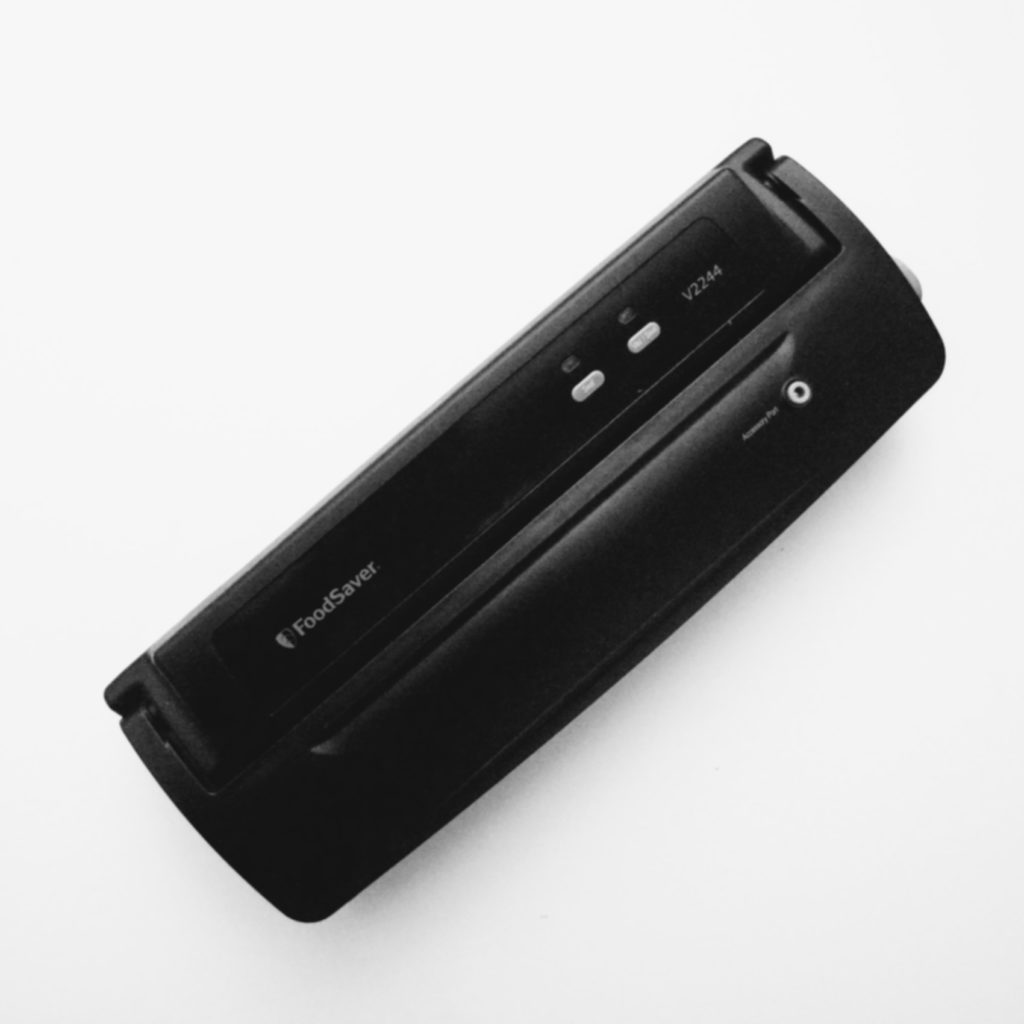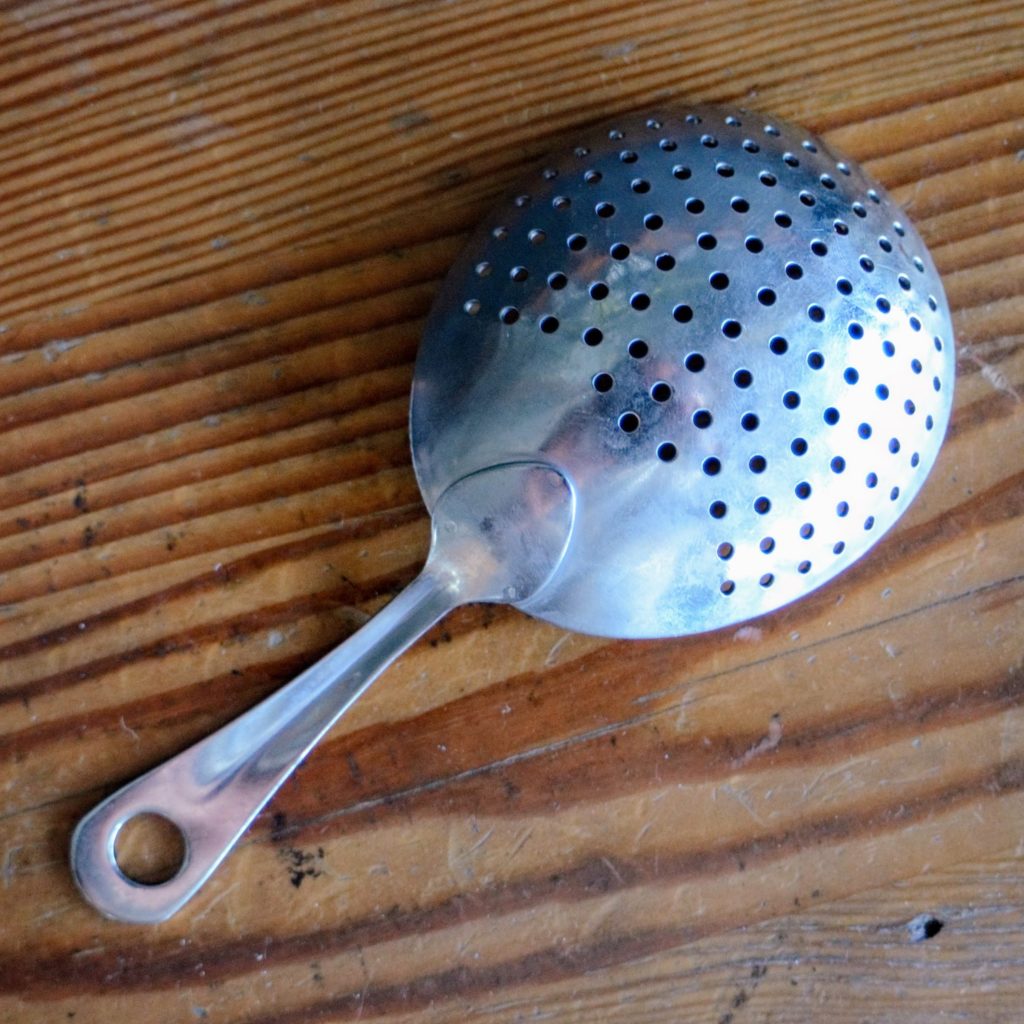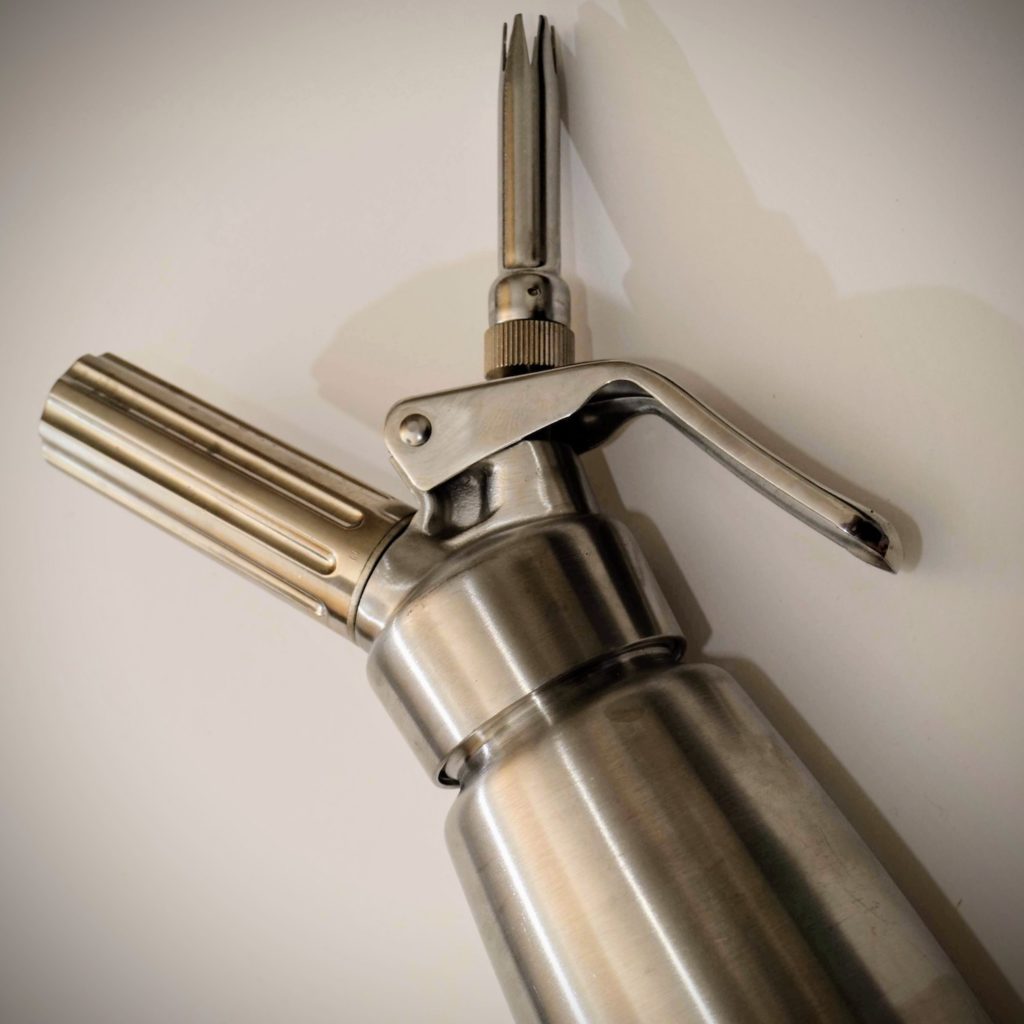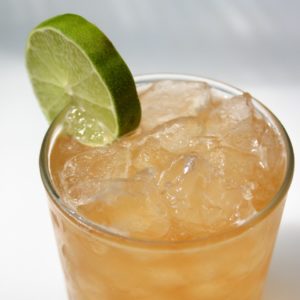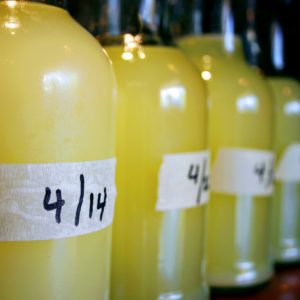The bar is as important to the history of the world as it is the history of the cocktail. And sometimes the two are intertwined. In fact, I’d say that it’s important to know a thing or two about how bars have worked historically if you really want to understand the history of cocktails.
Before Prohibition, bars were almost exclusively filled with men. Sure, the bar or tavern has always been a sort of sacred social space—instrumental in events such as the American and French Revolutions—but you’ve got to realize that until recently, women weren’t invited to participate in the workings of the man’s world.
But then came Prohibition. Suddenly, as a bar owner, your livelihood is now illegal. So in order to survive you need to either pick another career entirely (not exactly the easy way out), move out of the country and set up shop there (also no easy task), or run your business illegally. And if you’re going to try to make a living running an illegal bar, you’re going to have to discriminate just a little bit less with regards to who you let in the door.
So for a short time, bars were exciting places full of young men and women who could drink and socialize with one another for the first time. And now that you’ve finally got women congregating and socializing with each other, they start getting involved with the workings of the world, too. Which, during Prohibition only increased as the 19th Amendment gave women the right to vote. Sure, the organization around women’s suffrage had it’s roots in temperance, but the comingling of genders during prohibition probably didn’t hurt the cause.
But some folks are slow to embrace change, and by the 1960s, bar culture had, in some ways, returned to the way things were before Prohibition. Bars were generally dark and seedy venues, and many had regressed to the male-dominated, piss-soaked rat holes they had been before the Noble Experiment. Women were once again on the outs. Hell, even [McSorley’s in New York didn’t even allow women inside until 1970](http://www.nytimes.com/2015/01/23/nyregion/the-first-woman-let-into-mcsorleys-reminisces-over-an-ale-of-course.html?_r=0), and that was only thanks to a court order.
But then, in the late 1960s came the “fern bar”. This new wave of watering hole derived its name from the fact that an originator of the style, Henry Africa’s in San Francisco, had a bunch of plants because the owner was low on cash to fully remodel the bar before opening. But the plants and other aesthetic touches only added to a more welcoming atmosphere. Designed to be comfortable and inviting places for women as well as men, the bars were cleaner, safer and more inclusive than their divey forebearers. And most importantly, these bars specialized in drinks that eschewed the palates of their predecessors as well. The heavy flavors of whiskey were out. The lighter, more fun flavors of vodka, and Puerto Rican rum were in.
The Lemon Drop was created at Henry Africa’s by the bar’s owner Norman Hobday. After the original T.G.I.Friday’s in New York, Henry Africa’s set the template for the new wave of bar, which were marketed to women, to single young men, and geared toward fun. Suddenly bars were popular again, and in many ways, it was bars like Henry Africa’s and drinks like the Lemon Drop that helped save them. It connoted an openness that had been missing from bar culture since the war.
So while today’s palate has rejected its parents’, as each generation is bound to do, there is no denying that the Lemon Drop, a modified Sidecar with vodka in place of the heavier flavors of Cognac, is one of the more important drinks of the past century.
Lemon Drop
1.5 oz vodka
.75 oz Cointreau
.75 oz lemon juice
1 tsp 2:1 simple syrup
Combine ingredients in a cocktail shaker with ice cubes and shake until cold. Strain into a chilled cocktail glass garnished with a sugar rim.


